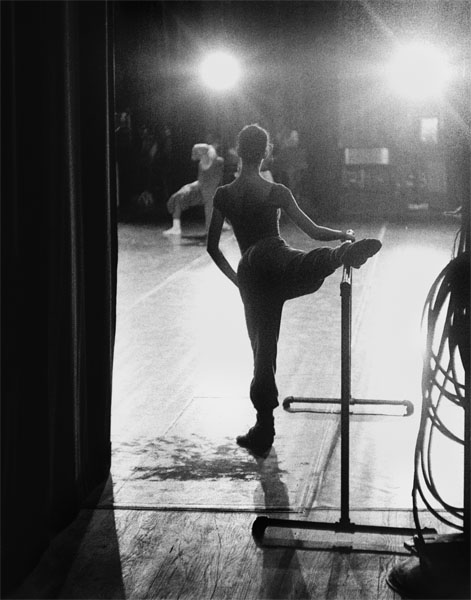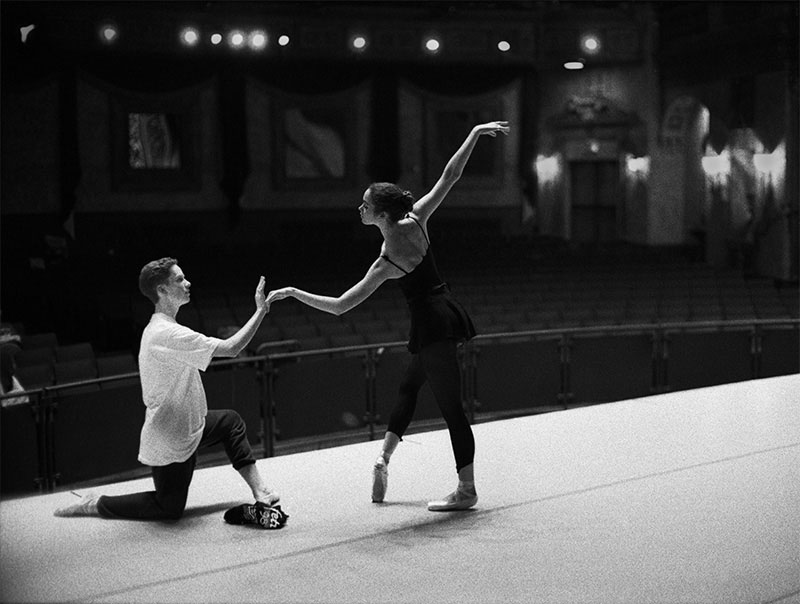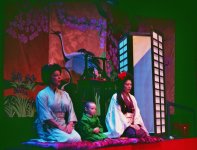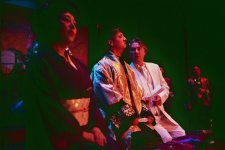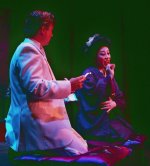Farace
Established
Among my duties as a volunteer with an opera company, I'm generally part of the backstage crew. For this year's production of Madama Butterfly, I'm not doing an awful lot back there other than opening and closing the curtain at the beginning and end of acts. The director has given me permission to shoot from the wings. I've decided to bring my Yashica Electro 35 GSN both for its quiet shutter and its low-light metering capabilities. I need advice on what speed film to use. Here's a wrinkle: Because tomorrow is opening night, I won't have a chance to buy anything other than what I can find at CVS or Walgreen (or maybe the one-hour photo store; I don't know what they're stocked with). Because of the gorgeous colors and lighting, I'd like to shoot transparencies, but haven't looked to see what film might be in stock. I'd like advice on whether transparencies are possible, or whether I should stick with negative film.
As for conditions, for the most part the scenes are well lit. I'll be as close as maybe five feet from the performers, up to twenty or so feet. Due to tight space and the need for cast and crew to move through the wings, I'm precluded from using a tripod, so I'll need fast enough film to allow shutter speeds fast enough for hand-held shots. It might be worth mentioning that I'm shooting for my own interest; if the shots come out well, the opera company might want to use them, but if I totally blow it, I'll only have disappointed myself.
Any advice is greatly appreciated!
As for conditions, for the most part the scenes are well lit. I'll be as close as maybe five feet from the performers, up to twenty or so feet. Due to tight space and the need for cast and crew to move through the wings, I'm precluded from using a tripod, so I'll need fast enough film to allow shutter speeds fast enough for hand-held shots. It might be worth mentioning that I'm shooting for my own interest; if the shots come out well, the opera company might want to use them, but if I totally blow it, I'll only have disappointed myself.
Any advice is greatly appreciated!


